Home>Gardening & Outdoor>Landscaping Ideas>When Will My Zoysia Grass Turn Green
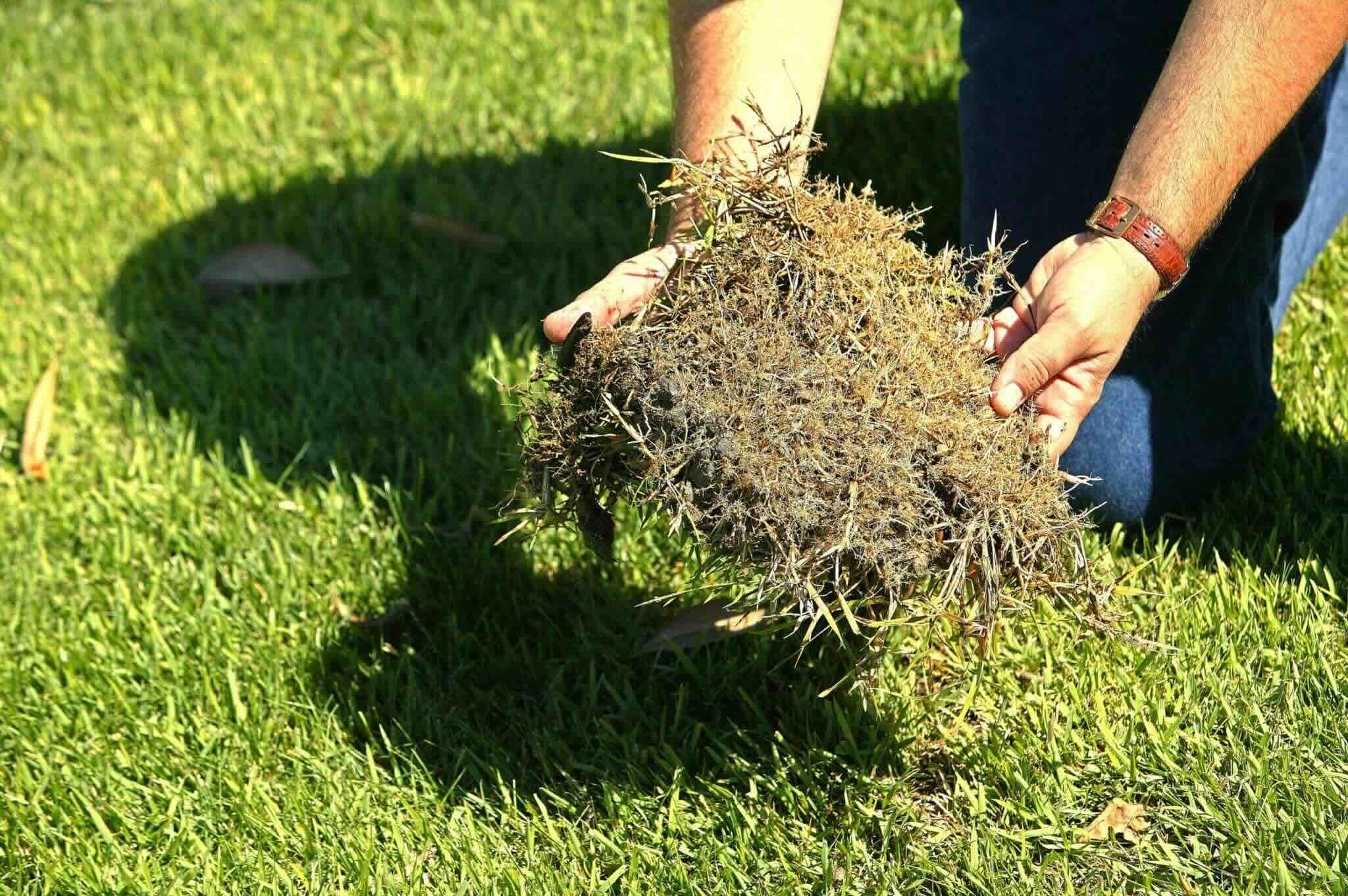

Landscaping Ideas
When Will My Zoysia Grass Turn Green
Modified: March 28, 2024
Discover expert landscaping ideas to help your Zoysia grass turn green faster. Learn when to expect a lush, green lawn with our tips and advice.
(Many of the links in this article redirect to a specific reviewed product. Your purchase of these products through affiliate links helps to generate commission for Storables.com, at no extra cost. Learn more)
Factors Affecting Zoysia Grass Green-up
The green hue of a lush, vibrant lawn is a sight to behold, and for many homeowners, the arrival of spring brings eager anticipation for the return of green grass. However, the timing of when Zoysia grass turns green can vary based on several factors. Understanding these influences can provide valuable insight into managing and nurturing a healthy, green lawn.
-
Temperature: Zoysia grass is a warm-season grass variety, and its green-up is closely tied to temperature. As the soil and air temperatures rise in the spring, the dormant Zoysia grass begins to awaken and transition from its dormant, brown state to a lively green. Typically, Zoysia grass starts to green up when the soil temperature reaches around 60°F (15.5°C). However, the exact timing can vary based on the specific cultivar of Zoysia grass and the local climate.
-
Day Length: The length of daylight also plays a role in the green-up of Zoysia grass. As the days grow longer with the arrival of spring, the increased sunlight triggers the grass to emerge from dormancy and initiate the greening process. This natural response to daylight duration is a key factor in the timing of Zoysia grass turning green.
-
Moisture Levels: Adequate moisture is essential for Zoysia grass to transition from dormancy to active growth. Insufficient moisture can delay the green-up process, while excessive moisture, such as standing water, can hinder the grass's ability to turn green. Proper irrigation practices, taking into account the specific needs of Zoysia grass, can help ensure optimal moisture levels for green-up.
-
Nutrient Availability: The availability of essential nutrients, particularly nitrogen, is crucial for Zoysia grass to initiate the greening process. A balanced fertilization regimen, tailored to the specific requirements of Zoysia grass, can support healthy green-up and overall lawn vitality.
-
Soil Conditions: The condition of the soil, including factors such as pH levels and compaction, can impact the green-up of Zoysia grass. Soil that is too acidic or compacted may hinder the grass's ability to absorb nutrients and water, potentially delaying the green-up process.
Understanding the interplay of these factors can empower homeowners to take proactive steps in nurturing their Zoysia grass and promoting a timely and vibrant green-up. By considering temperature, day length, moisture levels, nutrient availability, and soil conditions, homeowners can optimize the environment for Zoysia grass to thrive and adorn their outdoor spaces with its characteristic lush green beauty.
Key Takeaways:
- Zoysia grass turns green when soil temperature reaches around 60°F, daylight increases, and it receives proper moisture and nutrients. Understanding these factors helps homeowners nurture a vibrant, green lawn.
- To encourage Zoysia grass to turn green, homeowners should mow at the right height, water consistently, fertilize appropriately, aerate the soil, maximize sunlight exposure, and manage pests and weeds effectively. These practices promote a lush, green lawn.
Read more: Why Is My Zoysia Grass Turning Black
Understanding Zoysia Grass Dormancy
Zoysia grass, like many warm-season grasses, undergoes a period of dormancy during the colder months. This natural process is a survival mechanism, allowing the grass to conserve energy and withstand adverse conditions. Understanding Zoysia grass dormancy is essential for homeowners looking to cultivate a healthy and resilient lawn.
During dormancy, Zoysia grass exhibits a brown or straw-like appearance, signaling its reduced metabolic activity. This phase typically occurs in the fall and winter when temperatures drop, daylight hours decrease, and growth slows. The grass redirects its resources from active growth to essential functions for survival, such as root development and energy storage.
One of the remarkable characteristics of Zoysia grass is its exceptional tolerance for dormancy. As temperatures plummet and frost sets in, the grass enters a state of suspended growth, effectively preserving its vitality until more favorable conditions return. This resilience is a testament to the adaptability and hardiness of Zoysia grass, making it a popular choice for lawns in regions with varying climates.
It's important to note that the duration and intensity of dormancy can vary based on factors such as the specific cultivar of Zoysia grass, local climate, and maintenance practices. While some cultivars may enter dormancy earlier or later than others, proper lawn care throughout the year can influence the grass's dormancy patterns.
During the dormant phase, homeowners may wonder when their Zoysia grass will turn green again. The transition from dormancy to active growth, marked by the return of the vibrant green color, is eagerly anticipated as a sign of the approaching spring. Understanding the factors that influence this green-up process, such as temperature, day length, moisture levels, nutrient availability, and soil conditions, can provide valuable insights into managing Zoysia grass dormancy effectively.
By recognizing the significance of dormancy in the life cycle of Zoysia grass and appreciating its adaptive mechanisms, homeowners can develop a deeper understanding of their lawn's seasonal dynamics. This understanding, coupled with appropriate lawn care practices, can contribute to the long-term health and vitality of Zoysia grass, ensuring a resilient and visually appealing lawn throughout the changing seasons.
Tips for Encouraging Zoysia Grass to Turn Green
-
Proper Mowing: When aiming to encourage Zoysia grass to turn green, it's crucial to adopt appropriate mowing practices. Set the mower at the recommended height for Zoysia grass, typically between 1 to 2 inches. Mowing at this height promotes healthy growth and allows the grass to capture sunlight effectively, aiding in the green-up process.
-
Adequate Watering: Consistent and deep watering is essential for stimulating the green-up of Zoysia grass. During the early stages of spring, ensure that the grass receives sufficient moisture, taking care to avoid overwatering, which can lead to issues such as fungal diseases. Proper irrigation supports the grass as it transitions from dormancy to active growth, fostering a vibrant green appearance.
-
Balanced Fertilization: Providing the right nutrients at the right time is a key factor in encouraging Zoysia grass to turn green. A balanced fertilizer, specifically formulated for warm-season grasses like Zoysia, can supply the essential nutrients needed for robust green-up. Applying fertilizer in accordance with the grass's growth stages can promote healthy color and overall vitality.
-
Aeration and Dethatching: Aerating the soil and dethatching the lawn can significantly contribute to the green-up of Zoysia grass. These practices help alleviate soil compaction, improve air circulation, and enhance nutrient absorption, creating favorable conditions for the grass to thrive and exhibit its characteristic green hue.
-
Sunlight Exposure: Maximizing sunlight exposure is fundamental in encouraging Zoysia grass to turn green. Trimming back overhanging branches or foliage that obstructs sunlight can aid in promoting the grass's green-up. Additionally, ensuring that the lawn receives adequate sunlight throughout the day supports the grass's photosynthetic processes, contributing to its vibrant green color.
-
Pest and Weed Control: Addressing pest infestations and weed growth promptly is essential for maintaining the health and appearance of Zoysia grass. Pests and weeds can compete with the grass for essential resources, impeding its green-up. Implementing effective pest management and weed control measures can safeguard the grass's vigor and contribute to a lush green lawn.
By implementing these tips, homeowners can actively support the green-up of Zoysia grass, fostering a visually appealing and resilient lawn that thrives throughout the growing season. Understanding the specific needs of Zoysia grass and tailoring lawn care practices accordingly can yield a vibrant and lush expanse of green, enhancing the outdoor landscape and providing a welcoming environment for leisure and relaxation.
Common Mistakes to Avoid in Zoysia Grass Care
As homeowners strive to nurture a thriving and verdant lawn, it's essential to be mindful of common mistakes that can inadvertently hinder the health and vibrancy of Zoysia grass. By recognizing and avoiding these pitfalls, homeowners can optimize their lawn care efforts and promote the lush green beauty for which Zoysia grass is renowned.
Overfertilization
One prevalent mistake in Zoysia grass care is the tendency to overapply fertilizers. While proper fertilization is crucial for supporting the grass's growth and color, excessive use of fertilizers can lead to detrimental effects. Overfertilization may result in rapid, unsustainable growth, making the grass more susceptible to diseases and stress. It can also disrupt the natural balance of nutrients in the soil, impacting the overall health of the lawn.
Read more: When To Fertilize My Zoysia Grass
Improper Watering Practices
Inconsistent or inadequate watering practices can pose significant challenges to the health and green-up of Zoysia grass. Insufficient watering can impede the grass's ability to transition from dormancy to active growth, delaying its green-up. Conversely, overwatering can create waterlogged conditions, leading to root suffocation and increased vulnerability to diseases. Striking a balance and adhering to a consistent watering schedule tailored to the specific needs of Zoysia grass is essential for promoting its lush green appearance.
Incorrect Mowing Height
Maintaining the appropriate mowing height is critical for the well-being of Zoysia grass. Cutting the grass too short can stress the turf and inhibit its capacity to capture sunlight, hindering the green-up process. Conversely, allowing the grass to grow excessively tall between mowing sessions can lead to thatch buildup and impede air circulation, impacting the grass's overall health. Adhering to the recommended mowing height for Zoysia grass is vital for fostering healthy growth and vibrant green color.
Neglecting Soil Health
The condition of the soil directly influences the health and appearance of Zoysia grass. Neglecting soil health by overlooking essential practices such as aeration and dethatching can impede the grass's green-up. Compacted soil restricts root development and nutrient absorption, hindering the grass's ability to thrive. Implementing regular soil aeration and dethatching can alleviate compaction, enhance nutrient uptake, and create an optimal environment for Zoysia grass to flourish.
Inadequate Pest and Weed Management
Failure to address pest infestations and weed growth in a timely manner can undermine the vitality and visual appeal of Zoysia grass. Pests and weeds compete with the grass for essential resources, compromising its green-up and overall health. Implementing effective pest management and weed control measures is crucial for safeguarding the resilience and lush green appearance of Zoysia grass.
By steering clear of these common mistakes and embracing best practices in Zoysia grass care, homeowners can cultivate a vibrant and resilient lawn that exudes the captivating green allure characteristic of well-maintained Zoysia grass. Prioritizing proper fertilization, watering, mowing, soil health, and pest management can contribute to a visually stunning and enduring outdoor landscape, enhancing the enjoyment and aesthetic appeal of the home environment.
Frequently Asked Questions about When Will My Zoysia Grass Turn Green
Was this page helpful?
At Storables.com, we guarantee accurate and reliable information. Our content, validated by Expert Board Contributors, is crafted following stringent Editorial Policies. We're committed to providing you with well-researched, expert-backed insights for all your informational needs.
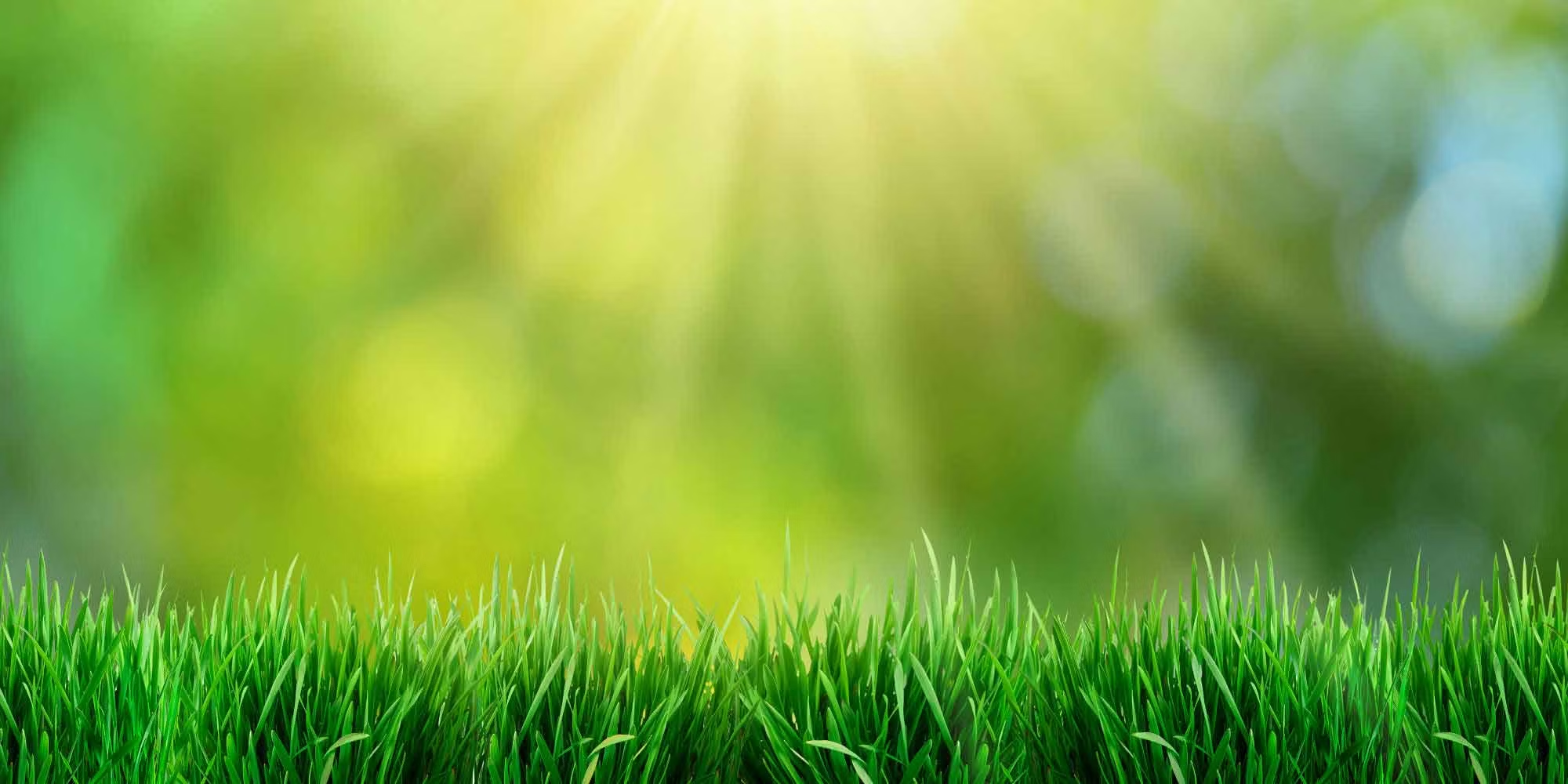
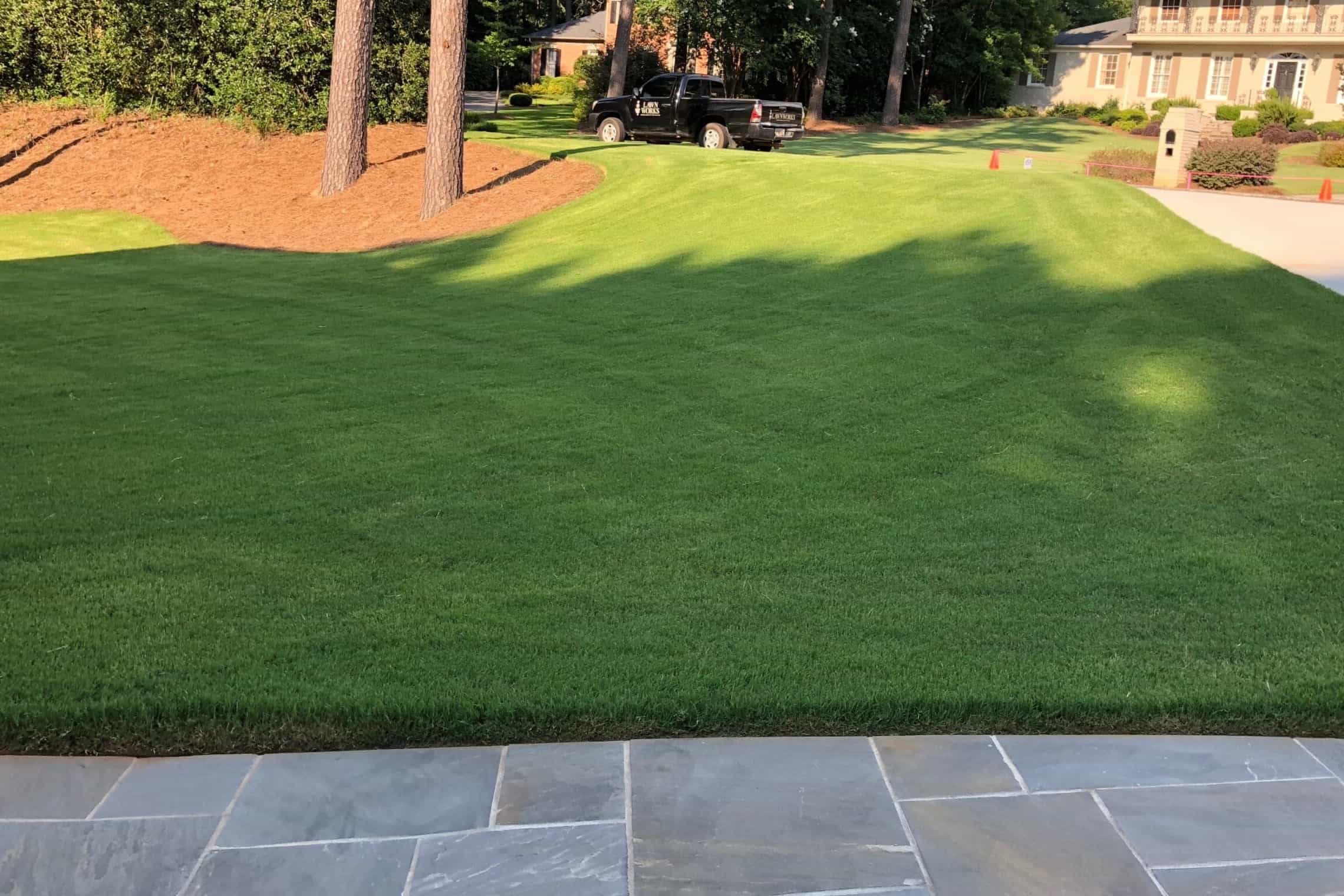
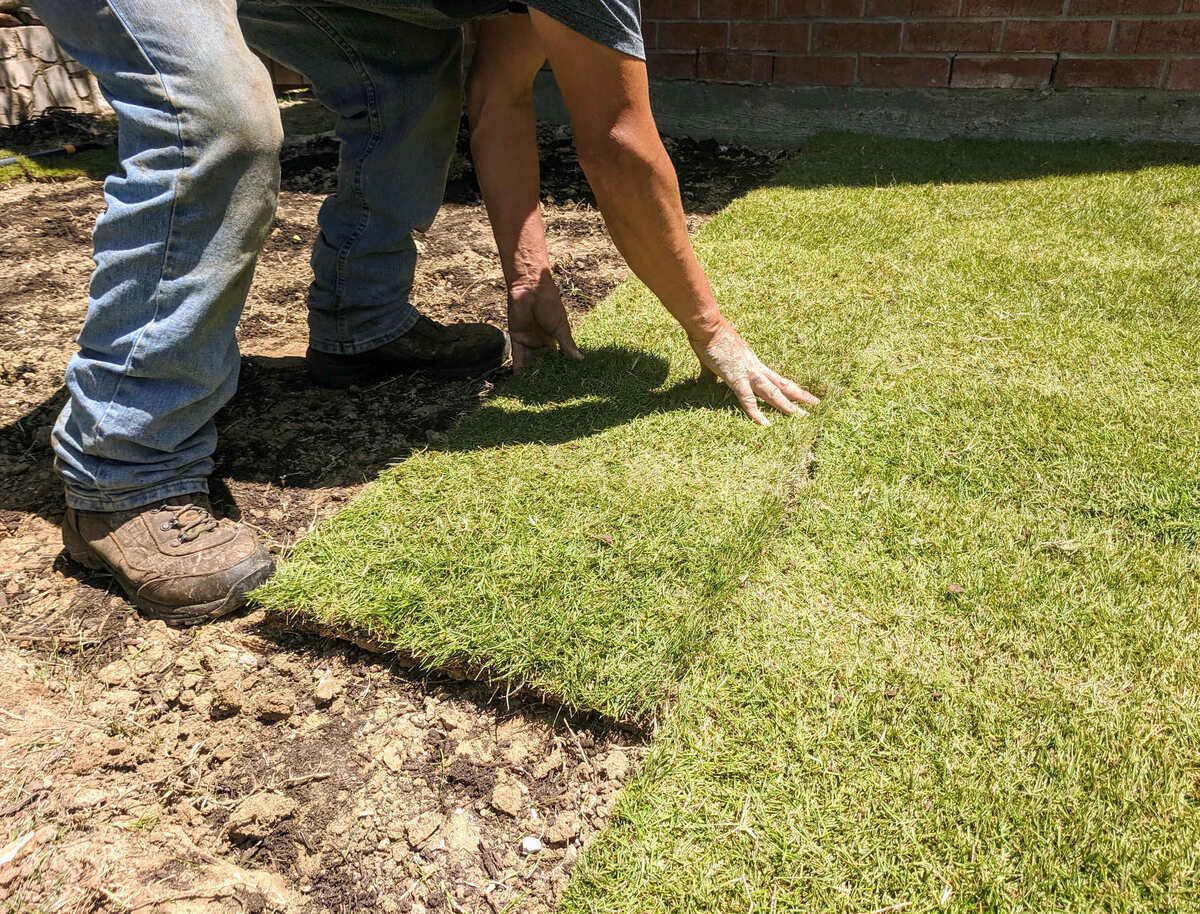
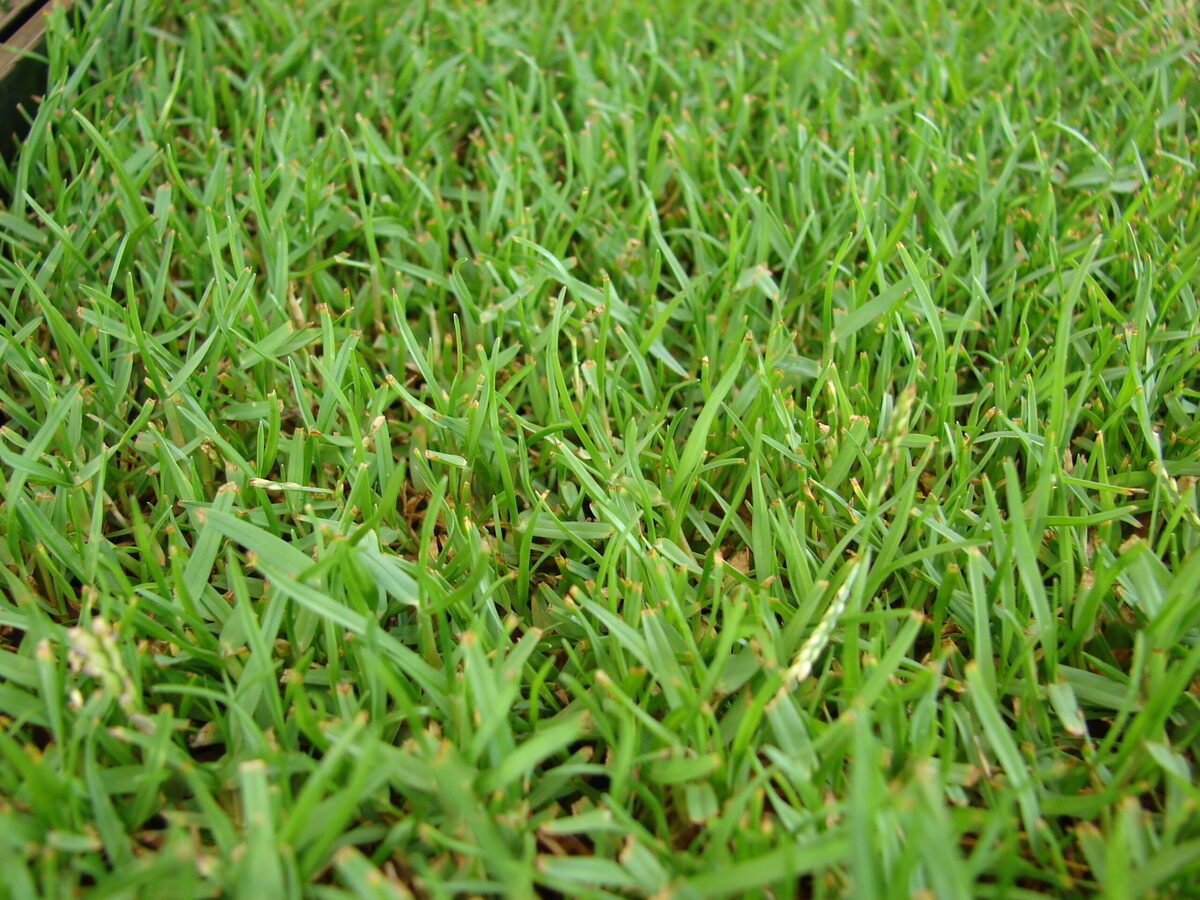
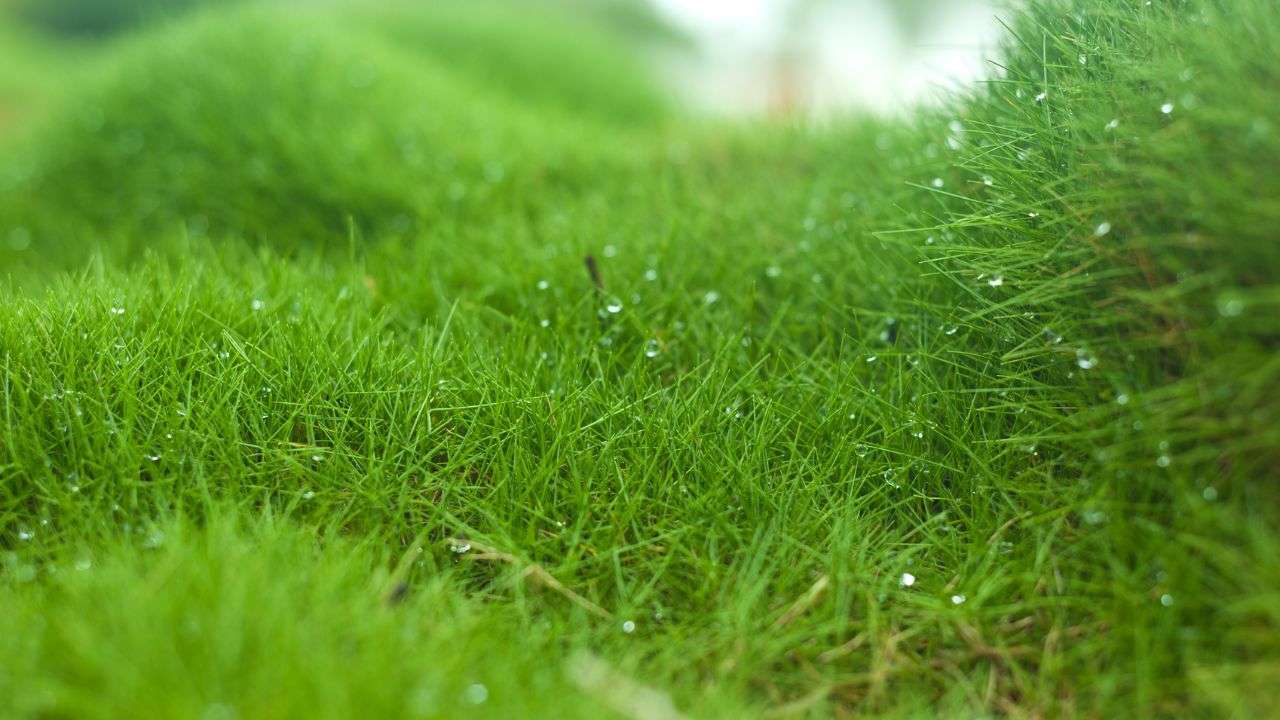
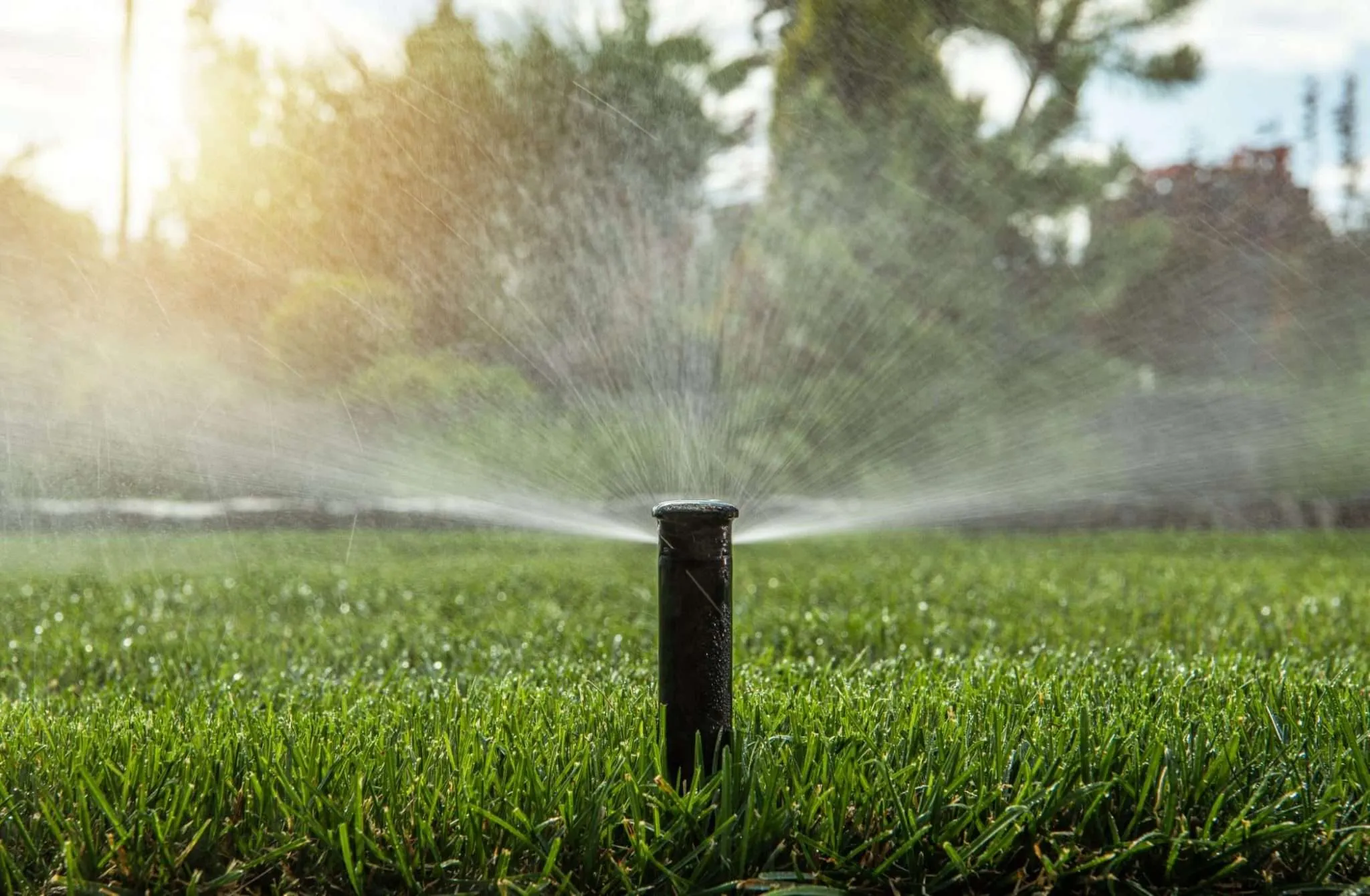
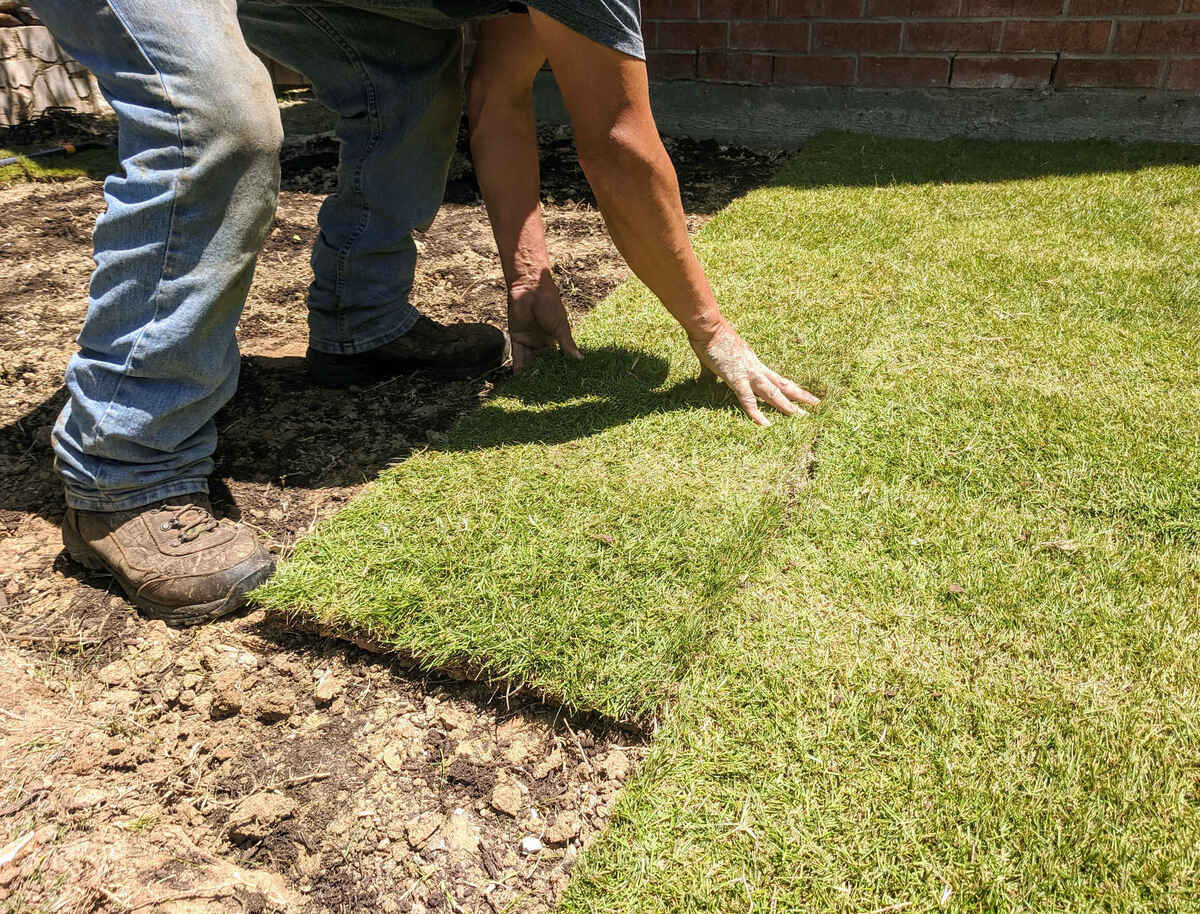
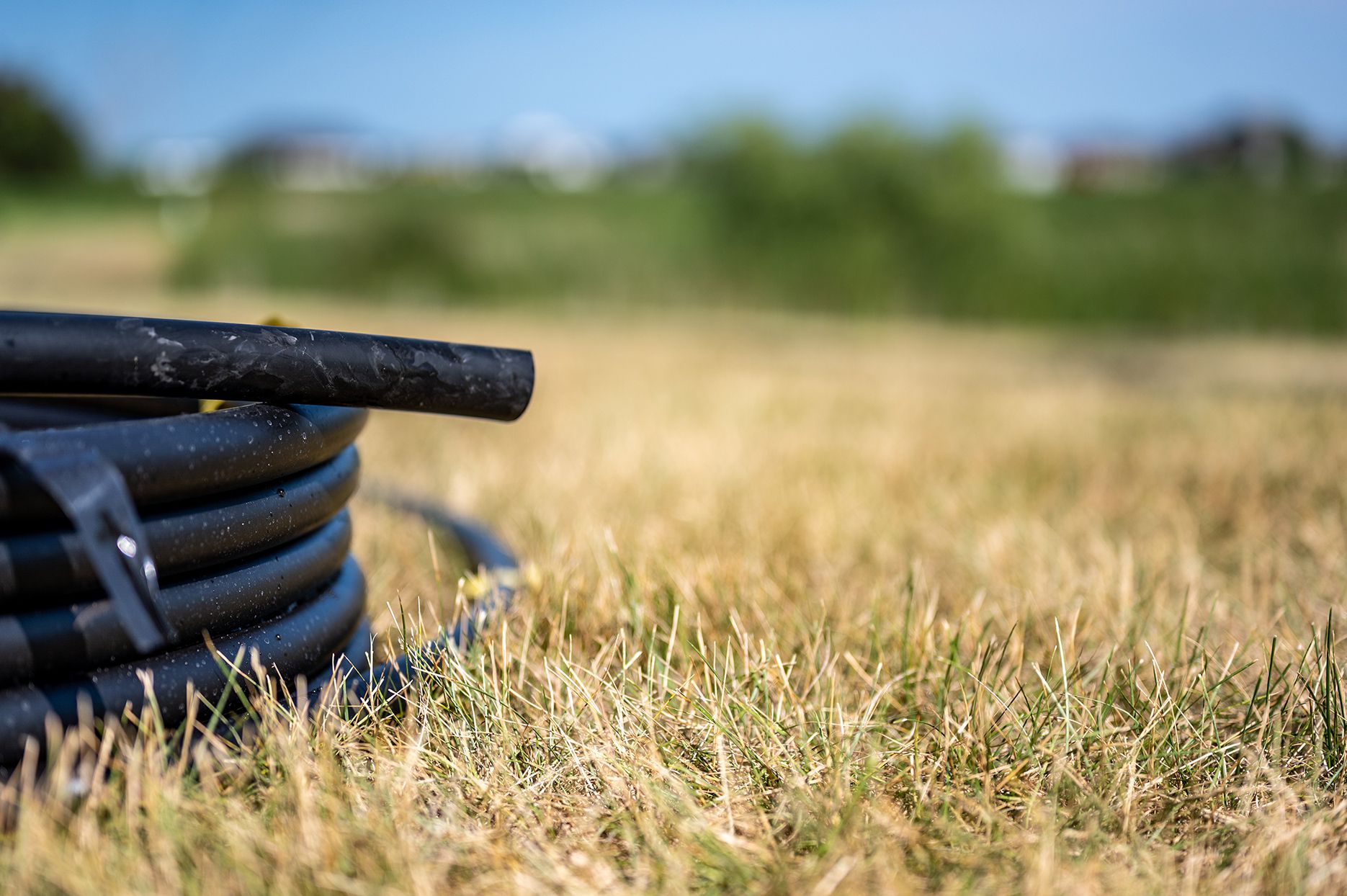
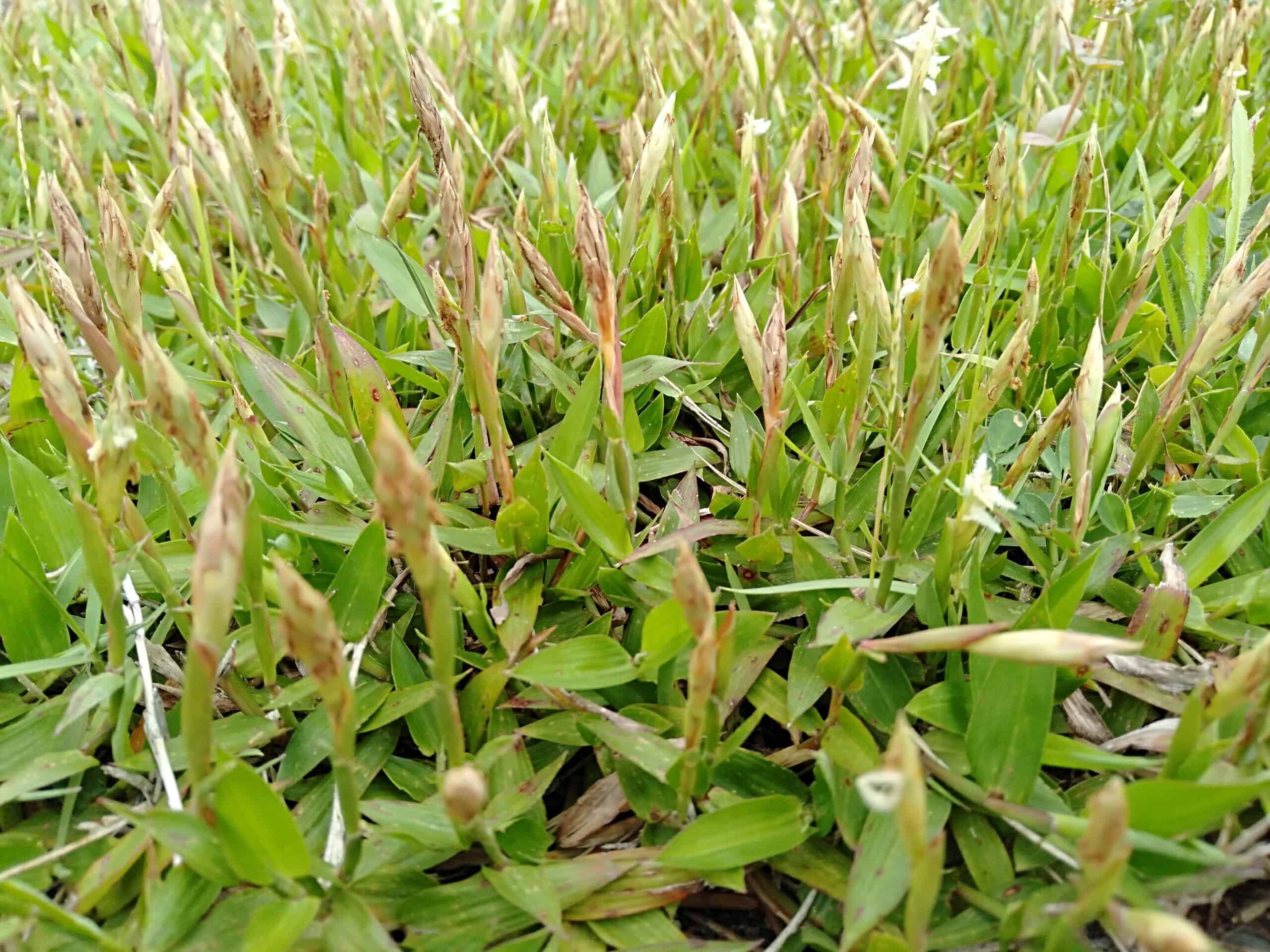
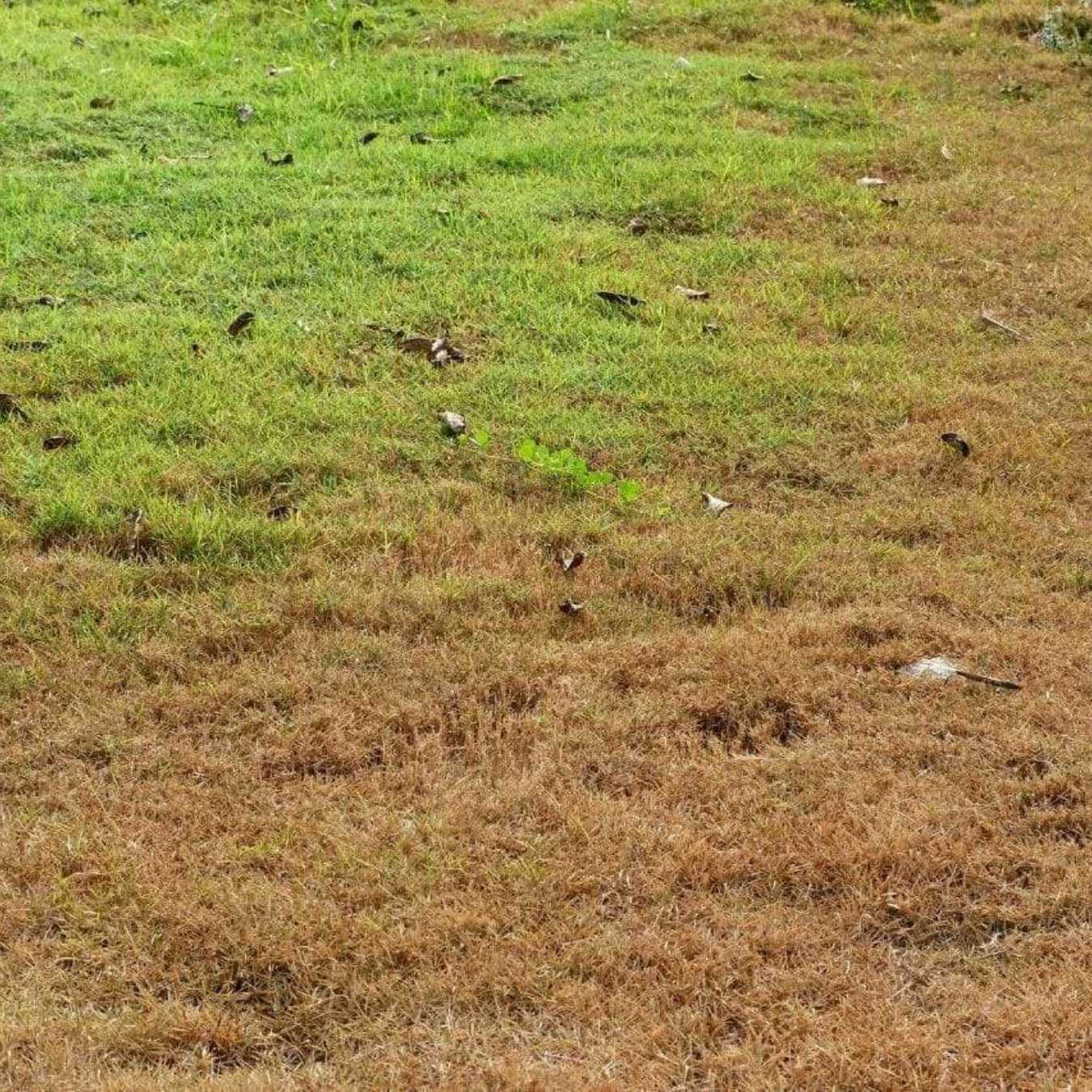
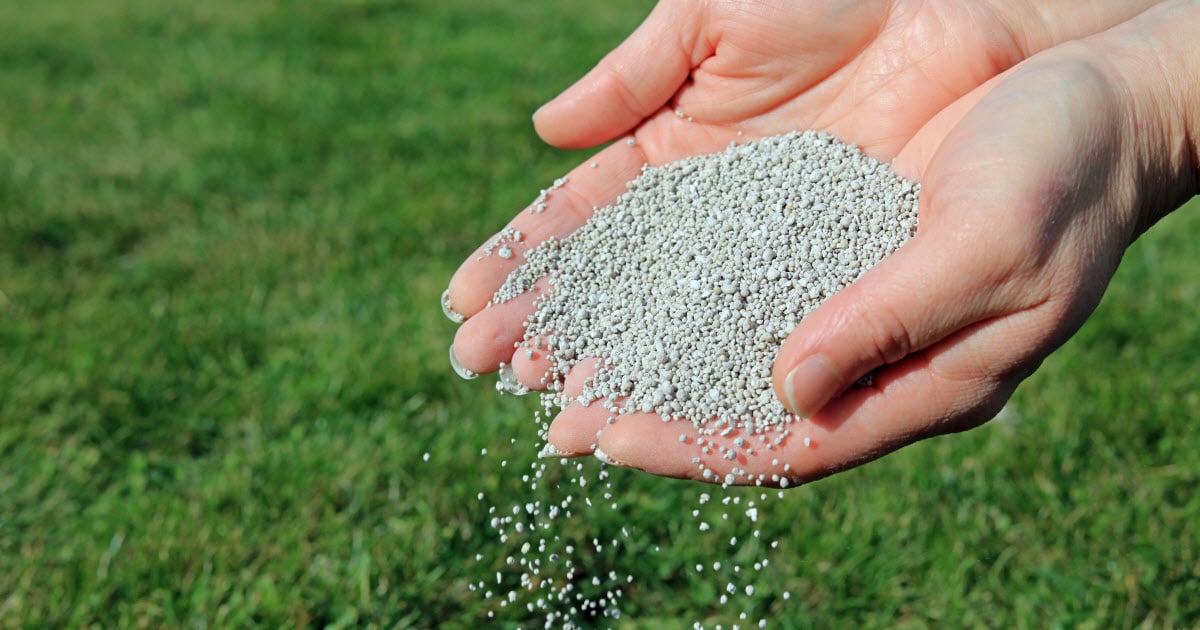
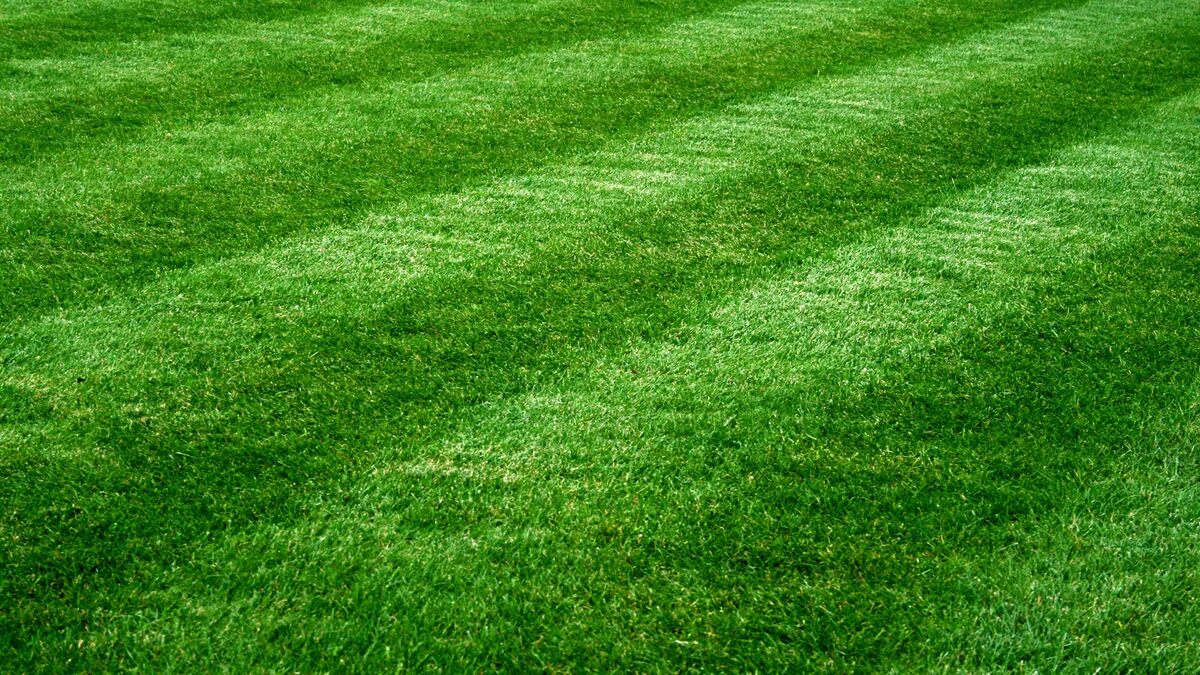
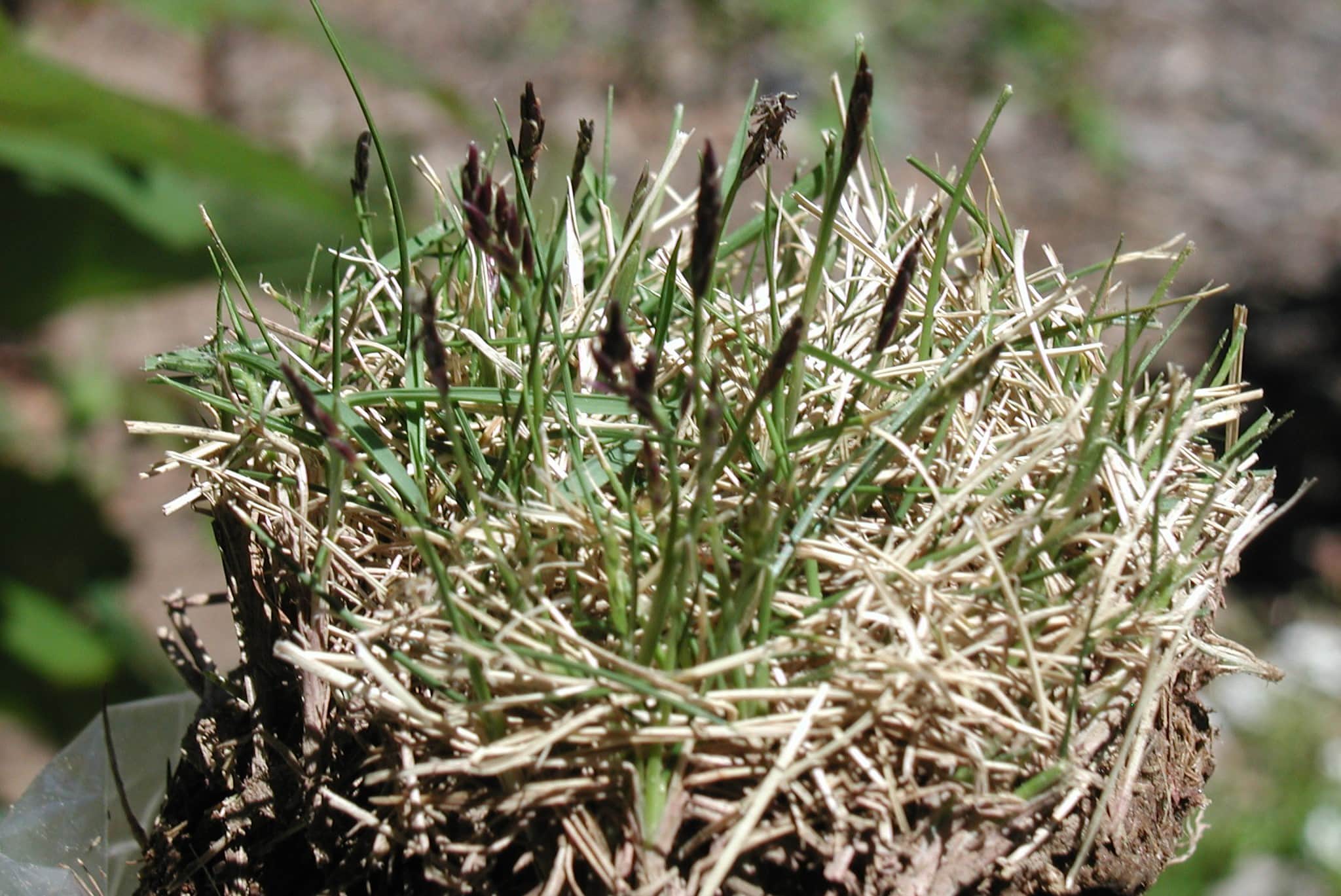
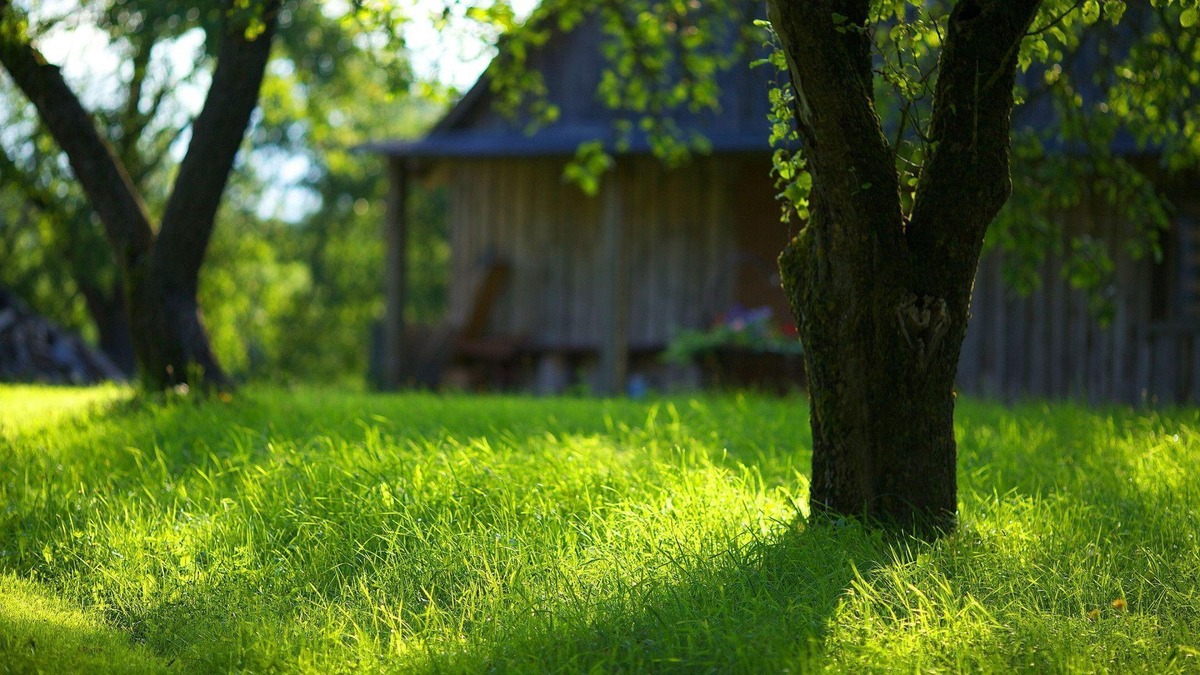

0 thoughts on “When Will My Zoysia Grass Turn Green”